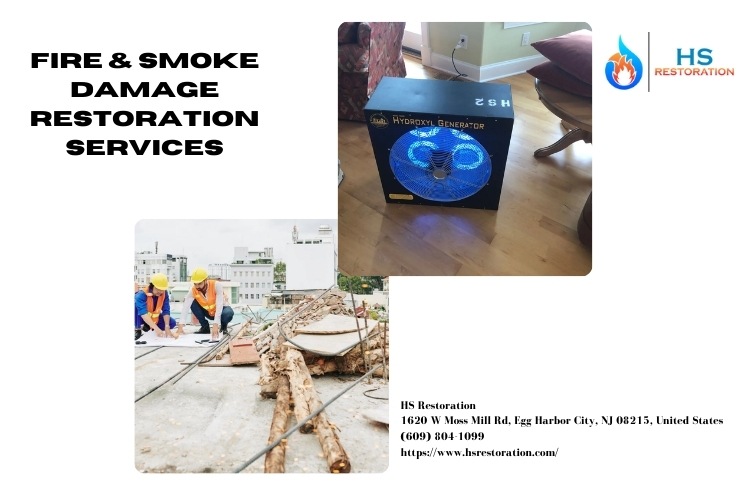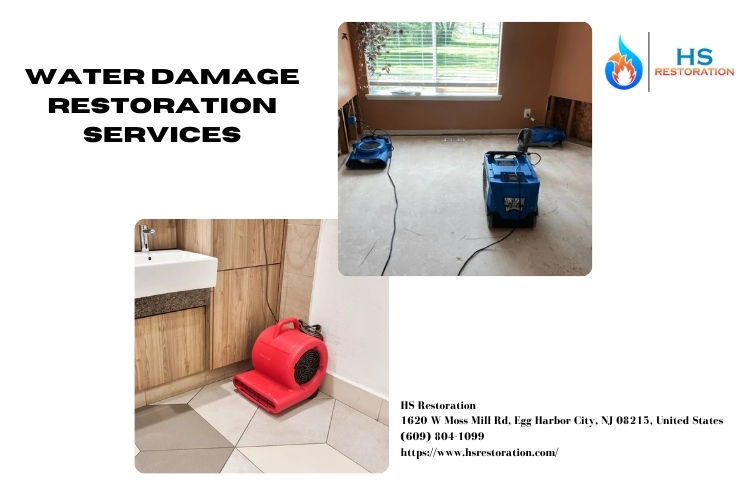Introduction
Water damage can strike anyone at any time. Whether it’s due to a sudden storm, a broken pipe, or an unexpected sewage backup, the aftermath is often overwhelming. In Egg Harbor City, NJ, residents are not strangers to these unfortunate incidents. Fortunately, understanding the water damage restoration process and knowing how to navigate it can make all the difference. This guide aims to transform disaster into recovery by providing comprehensive information about water damage restoration services available in Egg Harbor City.
Understanding Water Damage: The Basics
What Constitutes Water Damage?
Water damage refers to any destruction resulting from water intrusion that negatively impacts materials or personal belongings. This may include:
- Flooding from heavy rain or natural disasters. Leaky roofs or windows. Burst pipes or plumbing failures. Sewage backups, which require specialized sewage cleanup services.
Types of Water Damage
There are three primary classifications of water damage:
Clean Water Damage: Originates from a clean source like a broken pipe. Grey Water Damage: Comes from sources that may contain contaminants but aren’t considered hazardous (e.g., washing machine overflow). Black Water Damage: Involves highly contaminated water and poses serious health risks (e.g., sewage backups).The Importance of Timely Response
Acting quickly is crucial in minimizing long-term damage. Each passing hour increases the chances of mold growth and structural weaknesses, leading to more extensive restoration water damage restoration efforts.
Transforming Disaster into Recovery: Your Guide to Water Damage Restoration Services in Egg Harbor City, NJ
Identifying the Source of Water Damage
How Can I Determine What Caused My Water Damage?
Identifying the source of water intrusion is the first step toward an effective recovery process. Common sources include:

- Broken appliances (e.g., dishwashers) Plumbing failures Weather-related events
If you're unsure about the source, consult with a professional service that specializes in water damage restoration.
The Role of Professional Assessment
Why Should I Hire Experts for Assessment?
Professional assessment ensures a thorough inspection using advanced tools such as moisture meters and thermal imaging cameras. These experts can identify hidden damages that might not be visible to the untrained eye.
Sewage Cleanup: A Critical Aspect of Restoration
Understanding Sewage Cleanup Services
When dealing with black water damage, specialized sewage cleanup services are essential. This process involves:
Removing contaminated water and debris. Thoroughly cleaning affected areas using industrial sanitizing agents. Restoring items that can be salvaged while disposing of those that cannot.
Health Risks Associated with Sewage Backup
Sewage backups pose significant health risks due to bacteria and viruses present in contaminated water. Therefore, immediate action must be taken to ensure safety for all occupants.
Crawlspace Cleaning: Ensuring Comprehensive Restoration
The Importance of Crawlspace Cleaning
Crawlspaces often become breeding grounds for mold when exposed to moisture over time. Cleaning this area during restoration helps mitigate health risks associated with mold exposure.
Steps Involved in Crawlspace Cleaning:
Removal of standing water. Dehumidification processes. Application of antimicrobial treatments.Water Extraction Techniques Used by Professionals
What Are Common Water Extraction Methods?
Professional services utilize various techniques based on the severity of flooding:
- Submersible pumps for deep standing waters Wet vacuums for smaller amounts Specialized equipment for large-scale extraction
Why Is Rapid Water Extraction Important?
Timely extraction prevents secondary damages like mold growth and structural deterioration.
Drying and Dehumidification Process
How Do Professional Services Dry Out Affected Areas?
After extraction, drying is critical and typically involves:
Air movers Dehumidifiers Monitoring moisture levels continuouslyThis phase can take several days depending on the extent of the damage.
Mold Remediation: Addressing Potential Hazards Early On
Recognizing Mold Growth Signs
Mold thrives in damp environments; thus, early detection is vital. Look out for:
- Musty odors Visible mold patches on surfaces Respiratory issues among occupants
How Do Professionals Handle Mold Remediation?
Professionals will follow strict protocols involving containment measures before removal and applying antifungal treatments afterward.
Restoration vs Reconstruction: What's The Difference?
# When Is Reconstruction Necessary?
Reconstruction involves rebuilding structures after catastrophic losses due to severe flooding or fire damage requiring more extensive work than typical restoration efforts allow for.
# How To Navigate Insurance Claims After Water Damage?
Documenting everything thoroughly aids significantly when filing claims post-disaster:
Take photos/video documentation. Keep receipts for repairs/restorations performed by professionals. Maintain communication records with your insurance provider throughout the process.# Key Factors To Consider When Hiring A Restoration Company
When selecting a company specializing in water damage restoration services, consider these aspects:

- Certifications & licenses held by technicians Reviews/testimonials from previous customers Availability & response times during emergencies
# How Can I Prepare My Home For Potential Flood Risks?
Creating an emergency response plan involves several steps:
1) Identify potential risks specific to your area (such as flooding). 2) Develop an evacuation strategy including escape routes. 3) Assemble an emergency kit containing essentials like food/water supplies & first-aid items.
# Where Can I Seek Help Post-Water Damage Incidents?
Numerous organizations provide assistance following disasters—including local government agencies offering financial aid programs or nonprofit groups focused on recovery efforts post-flood events impacting communities across New Jersey!
li32li32/li33li33/li34li34/li35li35/li36li36/li37li37/hr14hr14/body1body1/##